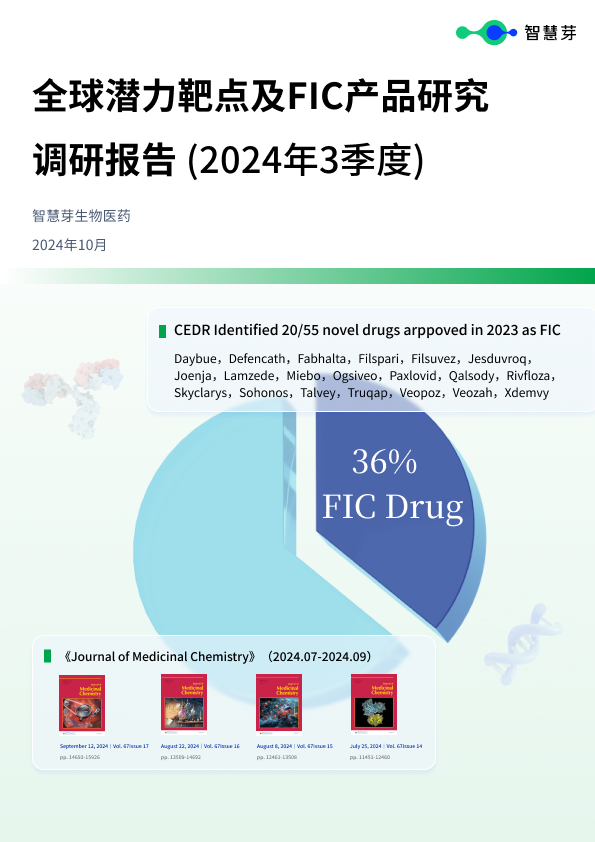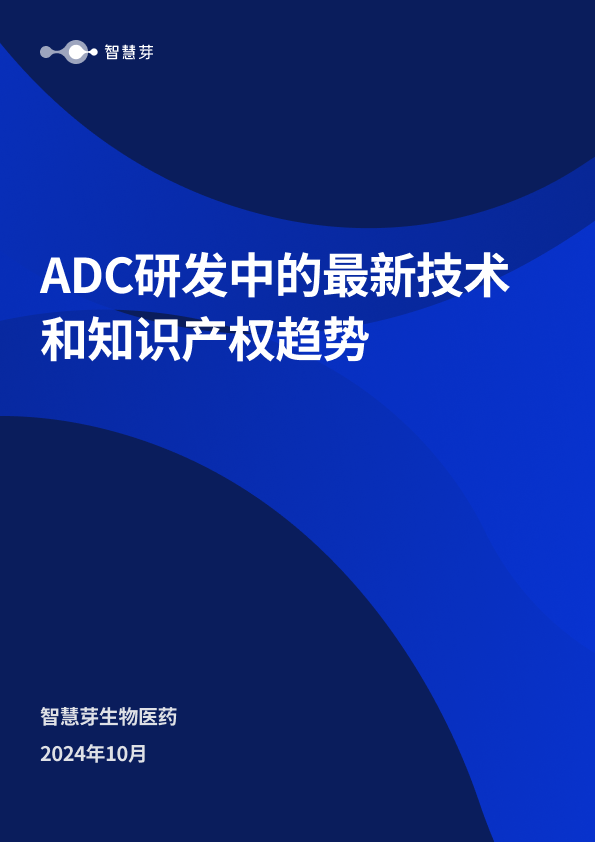New study analyzes link between digit ratio and oxygen consumption in footballers
2024-02-16
The efficiency of oxygen supply to tissues is a factor in the severity of important diseases such as Covid-19 and heart conditions. Scientists already know that the relationship between the length of a person's index and ring fingers, known as the 2D:4D ratio is correlated with performance in distance running, age at heart attack and severity of Covid-19.
The efficiency of oxygen supply to tissues is a factor in the severity of important diseases such as Covid-19 and heart conditions.
Scientists already know that the relationship between the length of a person's index and ring fingers, known as the 2D:4D ratio is correlated with performance in distance running, age at heart attack and severity of Covid-19.
Now Swansea University digit ratio expert Professor John Manning has been working with colleagues to look more closely at the subject.
Their findings have just been published by the American Journal of Human Biology.
The research analysed 133 professional football players as they underwent a series of body measurements which included measuring digit lengths from hand scans. They also completed an incremental cardiopulmonary test to exhaustion on a treadmill.
Professor Manning, of the Applied Sports, Technology, Exercise and Medicine (A-STEM) research team, said: "With our partners from the Cyprus campus of the University of Central Lancashire, we have clarified the relationship between 2D:4D and oxygen metabolism in a sample of well-trained athletes.
"The players with long ring digits (4D) relative to their index digits (2D) have efficient oxygen metabolism such that they reach very high maximal oxygen consumption in an incremental cardiopulmonary test to exhaustion on a treadmill."
Long ring digits relative to index digits are thought to be a marker of high testosterone levels in the womb. Testosterone has effects on oxygen metabolism through its influence on the energy producers (mitochondria) within cells.
He added: "Our findings are consistent with those from distance running, where long 4D is related to high performance, and heart disease and Covid-19 where long 4D is linked to low severity of disease.
"Overall, our study illustrates the value of using healthy well-trained athletes to clarify metabolic processes that are important in disease outcomes."
The team say further work is now necessary to quantify these associations in women.
Professor Manning's previous research has examined how the difference in finger length between a person's left and right hand may provide vital information concerning outcomes from contracting Covid-19.
更多内容,请访问原始网站
文中所述内容并不反映新药情报库及其所属公司任何意见及观点,如有版权侵扰或错误之处,请及时联系我们,我们会在24小时内配合处理。
靶点
-药物
来和芽仔聊天吧
立即开始免费试用!
智慧芽新药情报库是智慧芽专为生命科学人士构建的基于AI的创新药情报平台,助您全方位提升您的研发与决策效率。
立即开始数据试用!
智慧芽新药库数据也通过智慧芽数据服务平台,以API或者数据包形式对外开放,助您更加充分利用智慧芽新药情报信息。




